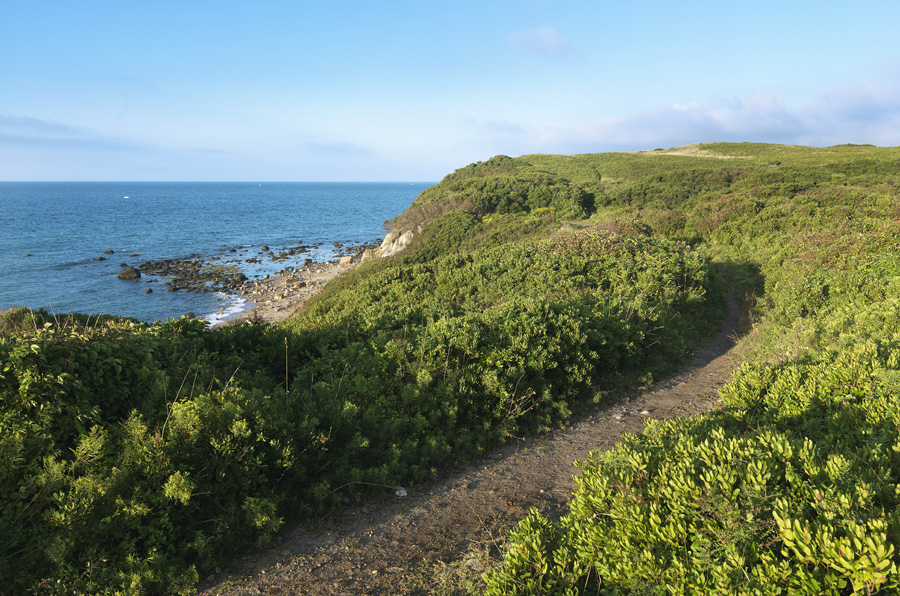A LAST GREAT PLACE
Aptly named "one of the last great places" by the Nature Conservancy, Block Island is truly a place of wonder and beauty and, as an island and fragile ecosystem, it has often found itself at the forefront of environmental conservation and sustainability. There are a multitude of ways that the Block Island community has fought tirelessly (and proactively) over the generations to protect the island and ensure its ability to thrive. Since 2007, ConserFest has pledged to stand alongside community members, local businesses, local government, and other like-minded environmental organizations to help protect the Block Island through empowering the masses and raising awarEness about the island as both a beautiful destination and a significant environmental entity. Here are just a few reasons why we think Block Island is worth fighting for and how it never stops inspiring our core mantra of "embrace your place."
Deepwater Wind Farm
First off-shore us wind farm
From now on, Block Island's power will emanate from five wind turbines three miles off its southeast coast, each nearly twice the height of the Statue of Liberty. They were built by a company called Deepwater Wind at a cost of roughly $300 million. The energy they produce will not be cheap. Yet at a starting cost of 24 cents per kWh, the new system will save Block Islanders $25 to $30 a month off their electricity bills.
Offshore wind power clearly works for Block Island, a place where the economics of fossil fuels no longer makes sense. Can it also be an important part of the energy mix for the coastal U.S.? Analysts say it can, though states will have to work with developers to bring the costs down.
*Excerpt taken from Inside Climate News. Click the link to read more.
Photo by New England Today
greenway paths NetworK
A trail system that comprises 28 miles–on an island of 10 square miles a dozen miles out in the Atlantic.
In the past four decades, a trio of conservation groups, including TNC, has succeeded in protecting 45 percent of Block Island’s open space, and that number continues to grow. The question arose: What would be the best way for the public to enjoy these unspoiled meadows and vistas? In the late 1980s, inspired by the walking trails of England, former TNC staffer Keith Lang suggested a similar set of trails on Block Island.
Two decades later, the “greenways” crisscross the island, from the tangle of trails known as “The Maze” at Clay Head to the natural amphitheater of Rodman’s Hollow and down to the remote southern beach, Black Rock. Now you can traverse most of the island–seven miles long and three miles wide–north to south, east to west, entirely via the Greenway network.
*Excerpt taken from Yankee Magazine and the TNC website. Click to read more.
Over 40% preserved lanD
More than 40% of the Island is preserved as open space in perpetuity; a legacy that will be passed to future generations. This achievement provides recreational areas, preserves scenic views, protects crucial habitats for rare plants and animals, and protects the natural recharging of the Island’s sole source aquifer, its only water supply. But there is still much to be done. All open land is critical to maintaining the heritage and character that is Block Island.
*Excerpt taken from Block Island Conservancy. Please click the link to read more and learn about BIC.
atlantic flyway bird sanctuary
Strategically situated along the great Atlantic Flyway, Block Island serves as a resting spot and nourishment base for thousands of land birds, large and small, during their annual southern migration in September and October.
Small land birds migrating down the coastline at night frequently are blown out to sea, especially when a cold front's strong westerlies prevail. At dawn, they make for the nearest land to rest and re‐orient themselves; thousands of them select this island outpost as their landfall.
*Excerpt taken from New York Times.





